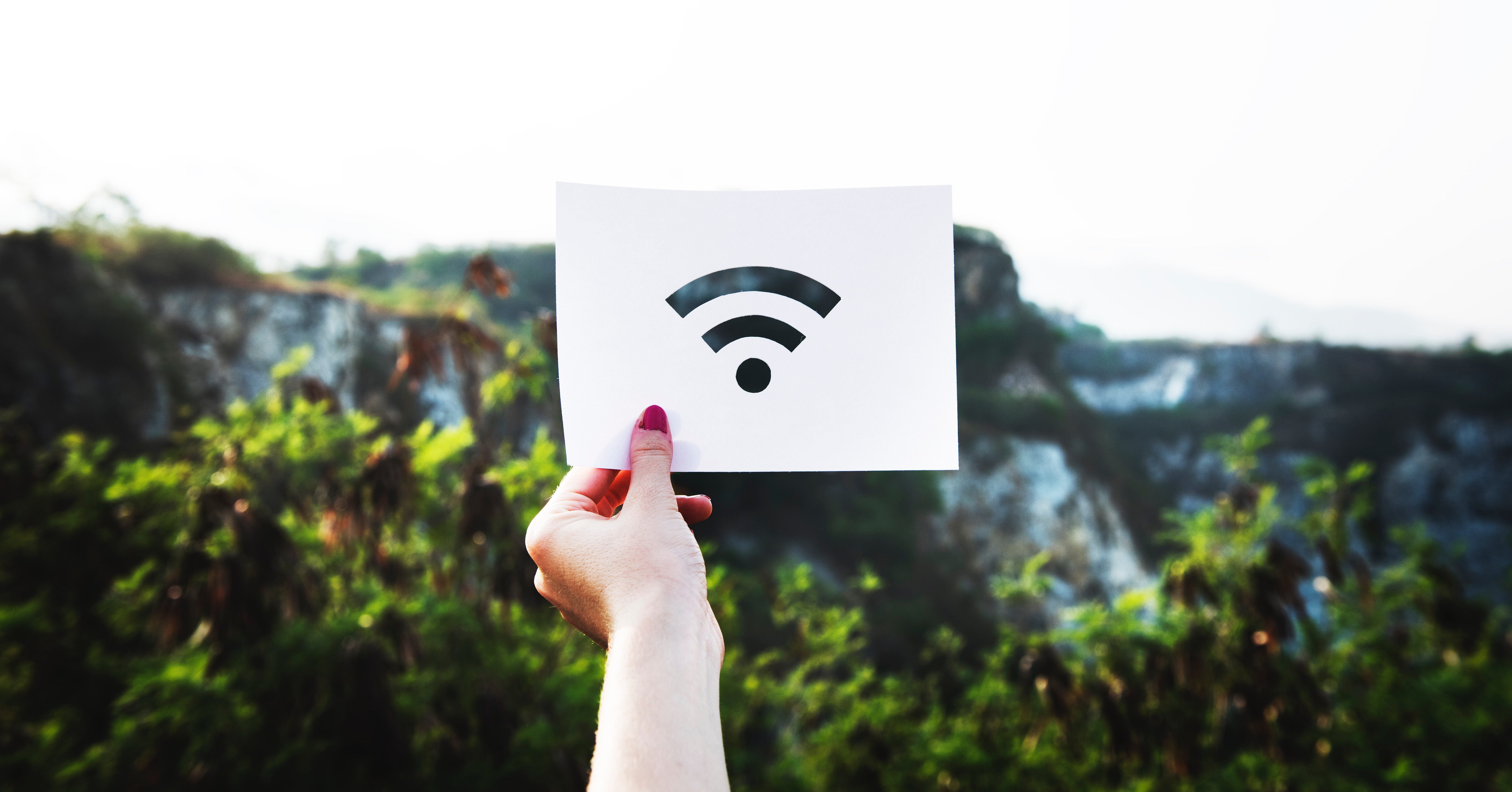
Small Business Owners Considerations for Their WiFi
Most large retail stores and shopping centres offer free WiFi to visitors and the benefits can be reaped by businesses of all sizes. Too often, businesses...
Read more

WiFi location-based services refer to the use of strategically placed access points which allow the location of devices in the vicinity to be determined. Beacons, on the other hand, are transmitters from which limited data can be collected.
Both of these require maintenance and check-ups to ensure they continue to operate efficiently, so in this blog post, we compare their merits and qualities to help you decide which is best for your requirements.
Before we dive into the pros and cons of each service, here’s more about each one in a little more detail.

WiFi location-based services (LBS) are when WiFi access points are strategically positioned in a way which allows the location of a device connected to the service to be determined. This is done by calculating where the device is in relation to each access point.
They work in a similar way to GPS systems such as Google Maps or Satellite Navigation (Sat-Nav). However, they have the added advantage of being able to be used indoors.
A beacon is a transmitter which uses Bluetooth and a radio signal to send alerts and messages to devices in its vicinity.
Beacons can be used to alert customers and users to the location of certain products or even to the location of discounted ones. This is in relation to where they’re standing at that moment.
Easy set-up: The technology required is already developed, frequently used and widely-implemented. WiFi is programmed to detect any enabled devices, making the determining of users’ locations much easier.
Variety of approaches: The number of smartphone users involved in WiFi location-based services is now at 90% - an increase of 16% since 2013. The upgrades in smartphone software have provided millions of users with access to LBS and have enhanced the effectiveness and compatibility of them. WiFi is able to localise based on either the strength of the signal or the collation of the Radio Frequency (RF) information.
The ability to localise using RF data means this can still be achieved even if the WiFi signal weakens for some reason.
Tailored information: Customers can receive personalised offers and incentives for places they visit or return to. This personalisation is based on the customer’s habits and preferences, such as seeing where they tend to spend the most time. This revolutionises customer service and enhances the shopping experience, which encourages loyalty and repeat business.
Provision of analytics: WiFi LBS allow businesses like yours to gain a deeper understanding of their customers and their client base, thanks to the in-depth analytics it’s able to provide. For example, WiFi LBS can produce data including heat maps, customer dwell times, peak times and more. These give an insight of how a business is doing, which areas customers tend to spend more time and how long they spend there altogether.
You can then use this data to gain better insight into their customers’ habits and preferences. This can help you enhance and improve your customers’ future experiences.
Cohesion within marketing methods: Asif Khan, President of the Location Based Marketing Association, states that LBS “can tie your entire marketing strategy together.”
Using LBS within marketing strategies is invaluable. The location data obtained from implementing LBS, when combined with existing customer data and client research, provides information about how customer service can be personalised.
Smartphone compatibility: The number of smartphone users involved in WiFi location-based services is now at 90% - an increase of 16% since 2013. The upgrades in smartphone software have enabled millions of users to have access to LBS and have enhanced the effectiveness and compatibility of them.
The need for permission: A disadvantage of using WiFi-based services is that the user must agree to connect with the service through some way of permission-granting. such logging in to the WiFi connection.
Though this is something the majority of users are willing to do to access WiFi, the extra stage of requiring their explicit consent and interaction makes for a slightly less streamlined process.
A variety of formats: One advantage of using beacons is they're available in a range of forms. These include Bluetooth USB dongles, small coin cell devices and USB sticks. This means they’re not only compatible with a variety of devices, they’re also able to be used with a number of power sources, avoiding the hassle of frequent future replacements.
Limited power: Beacons run on batteries - which will run out of power at some point. Each time the devices need to be replaced, it’ll cost the business time and money. Also, you may not notice the loss of power immediately, which can lead to the loss of potentially important data.
Unreliable signal availability and strength: Blockages diminish the signal range of a beacon. These can include doors, walls and any significant objects which are situated in the way of the signal path - even humans, as the radio waves emitted by beacons can be weakened by water particles. If the signal strength of a beacon is compromised, the data collected may be unreliable and unrepresentative.
Remaining functional is very conditional: Various factors constantly affect whether the end consumer will receive the information output from a beacon. A whole host of criteria must be met for this to successfully occur, which makes the maintenance of both beacons and accurate results bothersome and time-consuming. These criteria include:
Reduced compatibility: Beacons are much less compatible with devices than LBS. They’re only operable in conjunction with particular products. For example, they won’t operate with iPhone models any older than the iPhone 4S or Android devices any older than the 4.3 models.
The limited uses, short battery life of beacons and their inability to deliver information to devices without the installation of the necessary application hinder their effectiveness and overall performance. As a result, it’s clear that WiFi LBS is far more accurate, reliable and informative than beacons.
Now that you’re fully aware of the pros and cons to using either beacons or WiFi location-based services, why not read one of our case studies to see how they work in action?
Click the link to find out how the team at WiFi SPARK helped the award-winning conference venue Bournemouth International. This was achieved through delivering wired and WiFi systems which offer support to clients and visitors while also providing an engaging branded user experience.
Read more below.
[CTA to Bournemouth International case study]

Most large retail stores and shopping centres offer free WiFi to visitors and the benefits can be reaped by businesses of all sizes. Too often, businesses...
Read more

WiFi changed the face of many industries, including the retail sector. Despite this, some businesses believe providing free WiFi isn’t worth the expense and...
Read more

The amount of internet users has risen by 98 million in 2023 compared to 2022, that is a total of 5.16 billion, 64.4% of the population. This coupled with the...
Read more